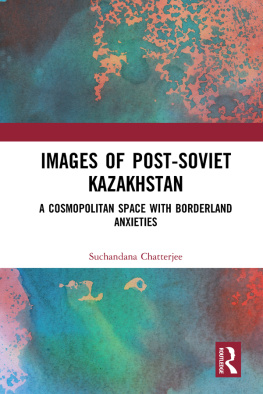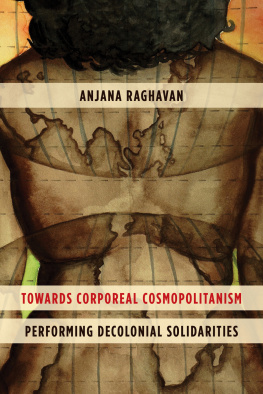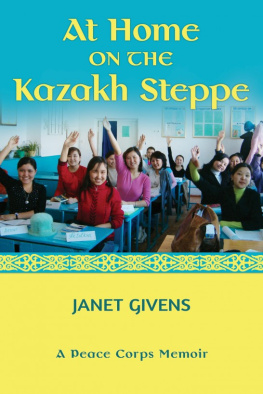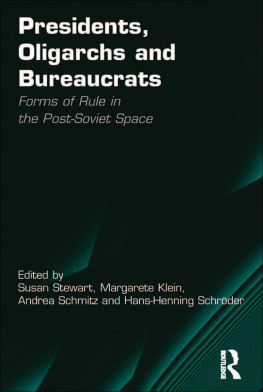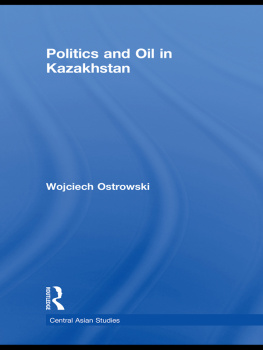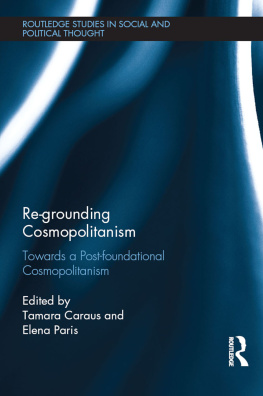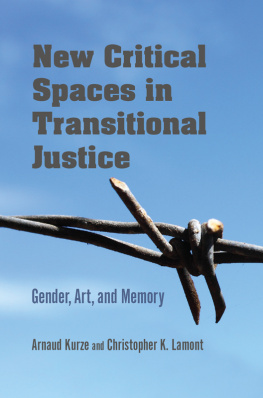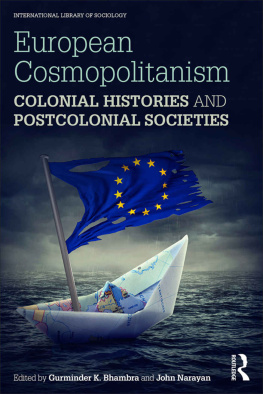IMAGES OF POST-SOVIET KAZAKHSTAN
A Cosmopolitan Space with
Borderland Anxieties
The study revolves round the relationship between space and transitional identity in Kazakhstan in the post-Soviet period. Emergent discourses about cosmopolitanism suggest multiple interactions in a transitional space. The cosmopolitanism of our times implies the dynamic responses of communities in transition. The diversities and heterogeneities instead of the specifics, the encounters, the networks, the challenges, the ways of living, the multitude of fates need to be considered. The picture is far bigger as there are infinite ways of being and belonging.
The images are of the many, and as suggested here, relate to the Kazakh conscience. The Kazakh conscience represents a repertoire of diverse opinions regarding Eurasianism, intellectuals reformist agenda, zhuz legacy, peoples histories. What stands out is the wider milieu of a cosmopolitan Almaty which is the home of a cultural elite or a citified Astana that has been showcased as the appropriate site of the Kazakhs steppe identity. The variety is also seen in the case of Uyghur neighbourhoods of Almaty, in the frontiers of Akmolinsk oblast reminiscent of Tsarist Russias Cossack military fortresses, in gulag memorials near Astana and in the Caspian hub Atyrau that is iconised as the oil fountain of the present century.
Kazakh borderlands have a completely different profilethat of shared spaces. The Kazakhs attachment to their homeland is a constantbut the question is whether that territorial reality fits into other paradigms of identity and belonging. Such questions arise in the case of Mongolian Kazakhs and Uyghurs of Semirechiein both cases the sentiment of place is strong compared to the overwhelming global experiences of the mainland Kazakhs.
Suchandana Chatterjee is Honorary Associate, China Centre, University of Calcutta. Her areas of research include shared spaces, connected histories and shifting identities of Eurasia. As Fellow of Maulana Abul Kalam Azad Institute of Asian Studies (MAKAIAS), Kolkata.
IMAGES OF POST-SOVIET KAZAKHSTAN
A Cosmopolitan Space with
Borderland Anxieties
Suchandana Chatterjee
in association with
KW Publishers Pvt Ltd
New Delhi
First published 2020
by Routledge
2 Park Square, Milton Park, Abingdon, Oxon OX14 4RN
and by Routledge
52 Vanderbilt Avenue, New York, NY 10017
Routledge is an imprint of the Taylor & Francis Group, an informa business
2020 Maulana Abul Kalam Azad Institute of Asian Studies (MAKAIAS)
The right of Mary Phelan, Mette Rudvin, Hanne Skaaden, and Patrick Stefan Kermit to be identified as authors of this work has been asserted by them in accordance with sections 77 and 78 of the Copyright, Designs and Patents Act 1988.
All rights reserved. No part of this book may be reprinted or reproduced or utilised in any form or by any electronic, mechanical, or other means, now known or hereafter invented, including photocopying and recording, or in any information storage or retrieval system, without permission in writing from the publishers.
Trademark notice: Product or corporate names may be trademarks or registered trademarks, and are used only for identification and explanation without intent to infringe.
Print edition not for sale in South Asia (India, Sri Lanka, Nepal, Bangladesh, Pakistan or Bhutan)
British Library Cataloguing-in-Publication Data
A catalogue record for this book is available from the British Library
Library of Congress Cataloging-in-Publication Data
A catalog record for this book has been requested
ISBN: 978-0-367-34355-2 (hbk)
ISBN: 978-0-429-32522-9 (ebk)
Typeset in Times New Roman, AvantGarde Md BT, NewsGoth Cn BT, CG Times by KW Publishers
Contents
This study has evolved in a number of ways for which I am grateful to my Kazakh friends. I thank Svetlana Kovalskaya, Gulnara Nadirova, Ablet Kamalov, Elena Bainazarova, Laura Yereksheva, German Kim and Yulia Goloskokova for their research inputs. Each of them shared ideas that helped me understand the diverse approaches about Kazakhstans past and present. Elena and Yulia are incredible fellow travellers who introduced me to the old world and new world charm of Almaty and Astana, Kokshetau and Borovoe. In Atyrau, two young friends, Nurbergen and Aidar, consultant with Tengiz Chevroil and Civil Engineer with Atyrau Oil and Gas Company respectively, have been my enthusiastic research guides. I am truly impressed by these two young men who are not just professionals engaged in foreign companies or state-owned energy projects, but are also Kazakh nationals who have not forgotten their glorious Soviet past. I was lucky to be introduced to them by the Calcutta-based engineer, Sumantro Chattopadhyay who was in Atyrau in the early 2000s when Indias engineering companies were engaging senior engineers in foreign collaboration projects in Central Asia, especially Kazakhstan. The Caspian oil project was a formidable entity and Indian engineers like Sumantro belonged to that league. I am grateful to Sumantro for his narrative of a prosperous provincial city situated between Asia and Europe.
I owe my understanding of bordered conscience to Ablet Kamalov, the Uyghur historian in Almaty. He took the initiative of introducing me to the Uyghur and Dungan communities in the microregion of Zarya Vostoka, in Almaty oblast. I was deeply touched by the warm reception arranged by the families in the neighbourhood. I was their privileged guest just after Ramadan in 2013.
During my research trips, I was fortunate to get support and advice from the Indian Embassy in Astana. Ambassador Ashok Sharma and his team including Rakesh Banati, Satyanjal Pandey, Sunando Chakraborty have been extremely helpful and guided me with suggestions about site visits in the neighbourhood of Astana.
I am grateful to MEAs Eurasia Division for supporting MAKAIASs Regional ICCEES Conference initiative and for extending financial support towards my participation in IXth ICCEES Congress in Makuhari in August 2015. Such an event provided the opportunity of interacting with scholars working on themes relevant to my subject of research.
I thank Maulana Abul Kalam Azad Institute of Asian Studies for supporting this project.
My family continues to be my greatest support. Som and Mimi have grown up to appreciate the intricacies of social science research. Sukalyan continues to be the optimist and has mentored me at the most difficult stages of my research.
On cosmopolitanism
Cosmopolitanism has become a renewed field of enquiry since the 2000s. A very simple meaning of cosmopolitanism is a way of being in the world1 and as a willingness to engage the Other. The idea of cosmopolitanism has evolved from Kantian philosophical tradition.2 Over time, questions have been raised about Kantian philosophy of Enlightenment and the concept has been reframed in the light of social and cultural contexts that transcend bounded and nation-state formulations. The idea has expanded to include a wide range of social and cultural theories stretched across cultures and disciplines-philosophy, sociology, political theory and anthropology: e.g., rooted cosmopolitanism,3 rootless cosmopolitanism and cosmopolitan patriots,4 vernacular cosmopolitanism,5 aesthetic cosmopolitanism6 and so on. With such changes in methodological approaches to cosmopolitanism, the term came to denote a social position in which individuals and communities tend to have meaningful attachments. Today, the impression about cosmopolitanism is multiple allegiances to peoples, places and traditions that lie beyond the boundaries of the nation-state.7

